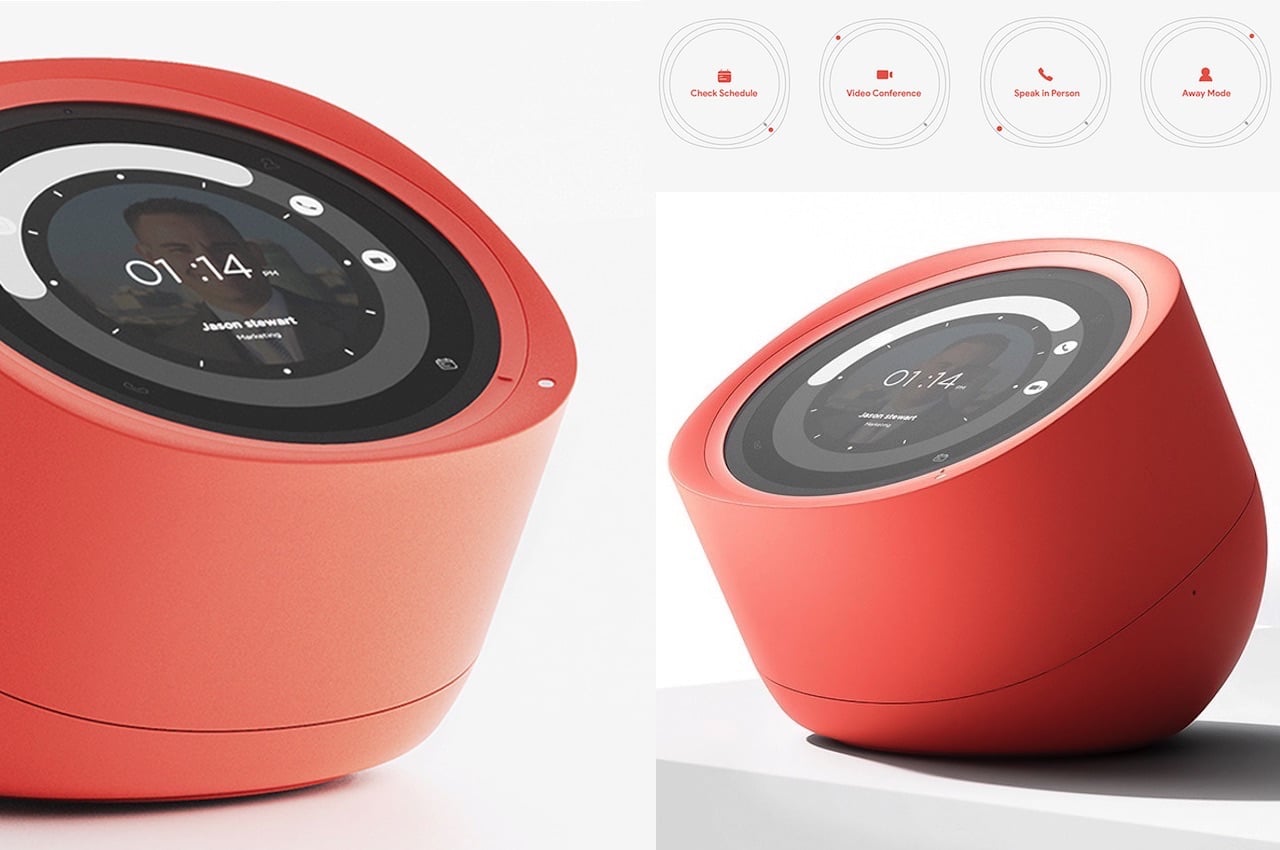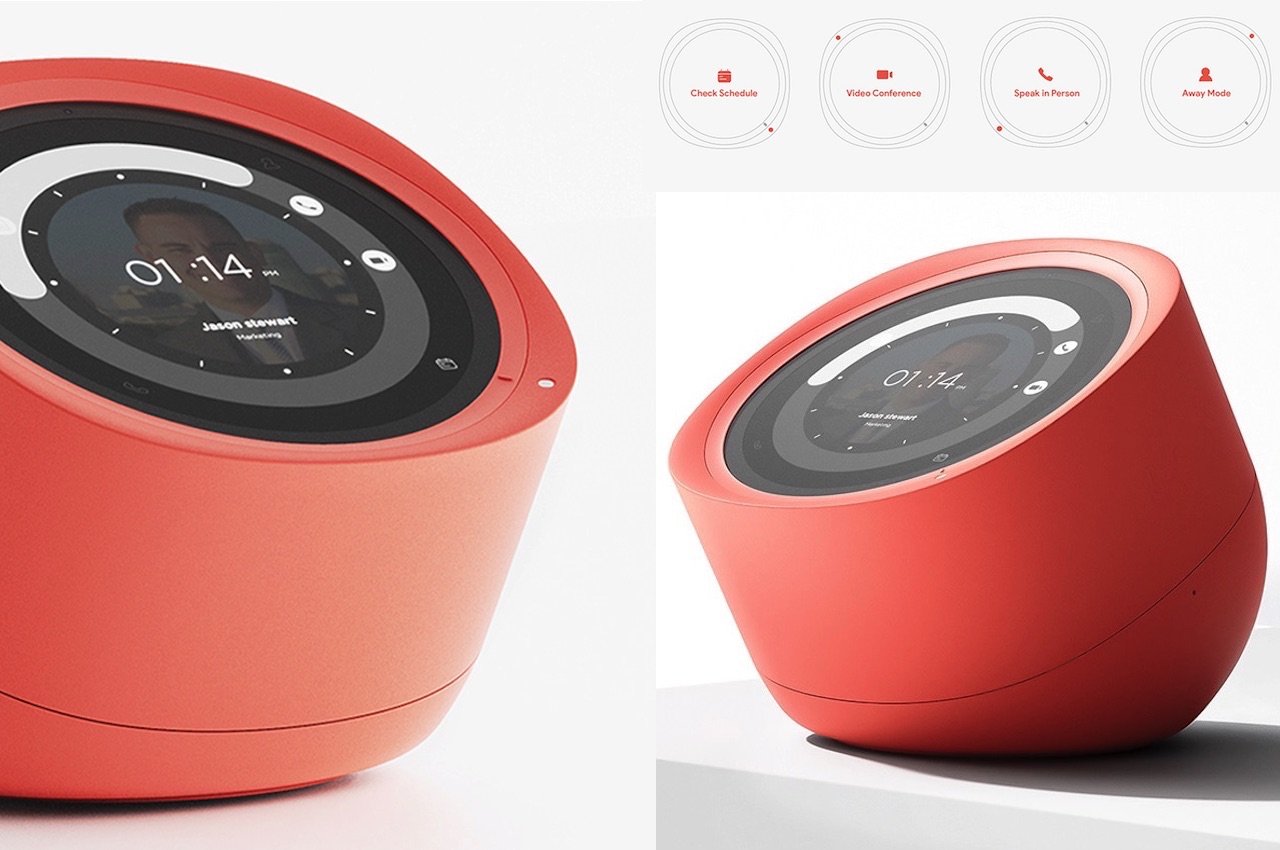Communication has always been the lifeblood of human civilization. From smoke signals and carrier pigeons to smartphones and satellite networks, our w
Communication has always been the lifeblood of human civilization. From smoke signals and carrier pigeons to smartphones and satellite networks, our ways of sharing information have evolved dramatically. The term comm device refers broadly to any electronic gadget or system used to transmit, receive, or process communication. Today, comm devices include smartphones, tablets, radios, satellite phones, IoT systems, wearables, and even AI-powered voice assistants. These devices form the backbone of modern society, connecting people, businesses, and governments across the globe.
In this article, we’ll explore the origin, development, applications, and future trends of comm devices, and how they are transforming human life and digital ecosystems.
The Evolution of Communication Devices
1. The Early Stages of Communication
Before technology entered the scene, humans relied on primitive tools to convey messages—like drum beats, smoke signals, and written letters. These methods, although basic, laid the groundwork for human connection. The invention of the telegraph in the 1830s by Samuel Morse revolutionized long-distance communication, marking the first time messages could travel faster than a human messenger.
2. The Age of the Telephone and Radio
The next milestone came with Alexander Graham Bell’s invention of the telephone in 1876, allowing real-time voice communication. Soon after, radio technology emerged, enabling wireless communication across vast distances—especially critical during wars and maritime navigation.
3. The Digital Revolution
By the 20th century, communication became digital. The invention of the internet, computers, and mobile phones completely redefined the landscape. Voice turned into data, and data became global. Texting, emailing, and instant messaging replaced letters, and social media emerged as the new mode of interaction.
4. The Modern Comm Device Era
Today, comm devices are smart, portable, and multifunctional. They combine cameras, sensors, GPS, AI assistants, and cloud connectivity—all in one compact form. Whether it’s a smartphone, smartwatch, or virtual meeting headset, every modern comm device serves as a portal to the digital world.
Key Types of Comm Devices in Use Today
1. Smartphones
The most widely used comm device today, smartphones combine voice, text, and internet-based communication in one platform. They support countless applications—from messaging to video conferencing and digital wallets—making them indispensable.
2. Computers and Tablets
Laptops and tablets act as versatile comm devices for personal and professional use. With video calling software, chat platforms, and collaborative tools, they bridge distances and foster productivity.
3. Wearable Devices
Smartwatches, fitness trackers, and AR glasses are the new frontiers in communication. They allow hands-free calling, real-time notifications, and even health monitoring, integrating communication into daily life seamlessly.
4. IoT (Internet of Things) Devices
Smart home assistants like Alexa, Google Home, and IoT-enabled appliances communicate through interconnected networks. These devices “talk” to each other, automating tasks and enhancing convenience.
5. Satellite and Radio Devices
In remote or emergency conditions, satellite phones and two-way radios ensure communication where regular networks fail. These comm devices are vital for military, aviation, and disaster management operations.
The Role of Comm Devices in Society
1. Bridging Distances
Comm devices have eliminated physical boundaries, allowing families, friends, and coworkers to connect instantly. A message that once took days now takes seconds.
2. Business Transformation
In the corporate world, communication devices are the foundation of success. Tools like video conferencing, cloud storage, and instant messaging keep teams connected globally, fueling remote work and digital entrepreneurship.
3. Education and Learning
E-learning platforms and digital classrooms rely heavily on comm devices. Tablets, smartphones, and laptops enable access to education for students worldwide, regardless of their location.
4. Healthcare Advancements
In telemedicine, comm devices allow doctors to consult patients remotely, monitor vitals, and share medical data securely. Smartwatches even detect heart rates and sleep patterns, alerting users to potential health issues.
5. Public Safety and Emergency Response
Police, firefighters, and emergency responders depend on reliable comm devices for coordination during crises. Radios, GPS trackers, and mobile networks play a life-saving role in these situations.

Technological Innovations Driving Comm Devices
1. 5G Connectivity
The introduction of 5G networks has drastically improved communication speed, latency, and reliability. This advancement powers innovations like remote surgery, autonomous vehicles, and immersive VR communication.
2. Artificial Intelligence (AI)
AI enhances comm devices with voice recognition, predictive text, real-time translation, and personalized assistance. Devices like Siri, Alexa, and Google Assistant show how AI can make communication more intuitive.
3. Cloud and Edge Computing
Cloud storage ensures seamless data access and sharing, while edge computing processes data locally for faster response times. This combination enhances the performance of comm devices, especially in industries like logistics and smart cities.
4. Quantum Communication
Still in its early stages, quantum communication promises ultra-secure data transfer using quantum encryption—potentially making hacking impossible. It’s the next frontier for defense and corporate communication.
Challenges Facing Modern Comm Devices
1. Data Privacy Concerns
As comm devices collect enormous amounts of personal data, privacy has become a major issue. Cybersecurity threats, data breaches, and unauthorized surveillance pose serious risks.
2. Digital Addiction
The convenience of comm devices has also led to over-dependence. Social media, gaming, and instant communication can affect mental health and productivity.
3. E-Waste and Environmental Impact
Constant technological upgrades contribute to electronic waste, as old devices are discarded. Sustainable manufacturing and recycling are essential to reduce this footprint.
4. Network Inequality
While urban areas enjoy high-speed connectivity, many rural and developing regions still lack reliable internet or comm device access, creating a digital divide.The Future of Comm Devices
The next generation of comm devices is shaping up to be even more immersive, intelligent, and interconnected. Some future trends include:
-
Holographic Communication: Users will be able to project lifelike 3D holograms for meetings and calls.
-
Brain-Computer Interfaces (BCI): Devices that enable communication through thought signals are already under research.
-
Sustainable Design: Eco-friendly materials and modular devices will reduce electronic waste.
-
Integration with AR and VR: Augmented and virtual reality will make remote collaboration feel as real as physical meetings.
These developments will redefine not just how we communicate but how we live, work, and interact with technology.
The Unstoppable Force of Connectivity
Comm devices have come a long way—from Morse code and rotary phones to AI-powered smartphones and quantum communication systems. They are no longer just tools; they are extensions of human capability. As technology advances, comm devices will continue to evolve—becoming smarter, faster, and more integrated into every aspect of our lives.
However, with great connectivity comes great responsibility. Ensuring privacy, sustainability, and equal access will be critical as we move forward into a hyper-connected future.
In essence, the story of comm devices is the story of humanity’s desire to connect—across time, distance, and even realities.


COMMENTS